Our city on the river has no shortage of nooks and crannies for a relaxing afternoon. If you’re willing to gas up and hit the highway, however, our region also offers some amazing excursions for peace and quiet. Here are a just a few of our favorites:
Warm River Spring
Mesa Falls Scenic Byway, Fremont County
70 Miles
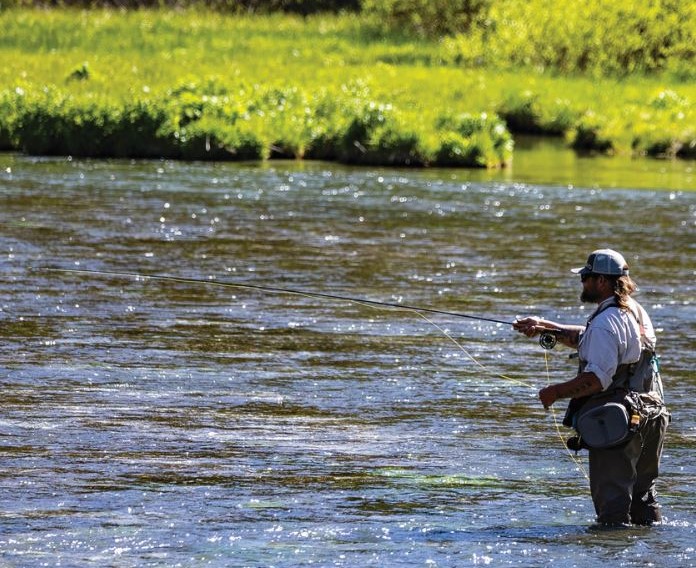
A stone’s throw east from the scenic grandeur of Mesa Falls and its requisite tourist traffic, you’ll find a turnoff just up the byway for Warm River Spring (Forest Road 367). It’s a bumpy ride but easily accessible for most cars. A few miles in and you’ll reach Warm River’s headwaters as it pours out from the mountain side at a steady 50 degrees.
Drive slowly as you near the end of the road and you might spot a resident moose crossing the river. It’s also a decent fishing spot for small trout.
Next to the crystal-clear springs is the historic Warm River Cabin, built back in 1938. It is available for rent from the U.S. Forest Service between May and March. Here you’ll find a trailhead that allows further exploration and fishing opportunities up Warm Creek. This is skeeter country, so don’t forget your bug spray!
Pit Stops:
-
Stop by the FrosTop in Ashton for a delicious root beer float.
-
Pull over from the byway and check out the trout from the roadside observation deck. It’s just downstream from Warm River Campground.
-
Hit the restrooms at Bear Gulch. If time allows, there’s a trailhead here for a quick hike into the roadless section of the Henry’s Fork below Lower Mesa Falls.
Fun Facts:
The community of Warm River, just a few miles downstream, is considered Idaho’s smallest city. Ironically, it’s also home to one of the busiest campgrounds in the state. So you’re looking for solitude, give that RV Romper Room a hard pass.
Hell’s Half Acre Lava Field
U.S. Highway 26
20 Miles

This eons-old volcanic landscape is characterized by its rugged terrain, deep crevices, and dry, barren expanse. The vast terrain was formed thousands of years ago by ancient lava flows. Its diabolical name comes from the harsh terrain that early settlers encountered.
If you access the area from I-15 north of Blackfoot, you’ll enjoy accessible pathways and designated viewpoints to observe and appreciate the rugged beauty of this place. If you explore it from the more primitive access point west of Idaho Falls, you’ll get the benefit of added solitude.
It's a wonderland for landscape photography, and offers some special delights for nimble explorers. Some of the crevices even have their own microclimates that host native ferns, lichens, cacti, wildflowers and other native vegetation.
Pit Stops
-
Got a sweet tooth? Grab a Brown Cow at Reed’s Dairy on your way out of town.
-
Further west you’ll see a turnoff for EBR-1, the world’s first power plant to produce electricity using atomic energy.
Fun Facts
Despite the name, it’s actually a bit larger than an acre. It’s 162,000 of them, including 66,000 acres in a designated Wilderness Study Area. Also, be mindful that there is no paved trail west of Idaho Falls. In fact, your hiking/rock-hopping routes will only be detectable by intermittent color-coded poles sticking out of the crevices.
Camas National Wildlife Refuge
Interstate 15, North of Hamer
40 Miles
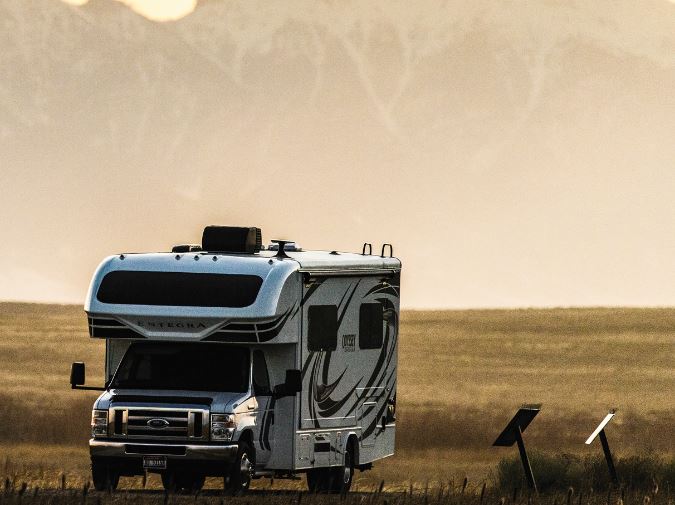
This accessible wildlife sanctuary spans over 10,000 acres in the sparsely populated high desert landscape of Clark County. The refuge was established in 1937 to provide a habitat for migratory birds, particularly waterfowl. Its centerpiece is Camas Creek, which meanders through the refuge. The area serves as a crucial stopover point for migrating ducks, geese and other feathered critters on the Pacific Flyway.
Definitely time your visit for late afternoon or early evening. This is when the area’s ark-load of residents really comes to life. Expect to see variations of all the typical waterfowl species as well as sandhill cranes, porcupines, antelope, whitetail and mule deer, falcons, bald eagles and huge murmurs of European Starlings in the fall.
You’ll find trailheads scattered along the loop roads, as well as designated viewing areas with lots of informative signage.
Ongoing conservation efforts at Camas include enhancing habitats for wildlife, managing water resources, controlling invasive species, and conducting research and monitoring programs to ensure the ecological health of the area.
Pit Stops
-
Take Exit 135 off of I-15 and check out the bird habitat of Market Lake. On your way back to the freeway, sit down for some crawfish at BJ’s Bayou in Roberts.
-
Take a selfie at the Hamer Welcome sign, which usually has an updated word of small-town wisdom for visitors.
-
Stop in at the refuge headquarters to chat with the pick up some brochures and map info for the property.
Fun Facts: Since the summer of 2022, the refuge has been busy with an $8 million renovation to overhaul its water delivery systems and improve the habitat.
4 More for the Road
Looking for a longer excursion to help you relax and unwind? These regional destinations might be just the ticket.
City of Rocks
156 Miles
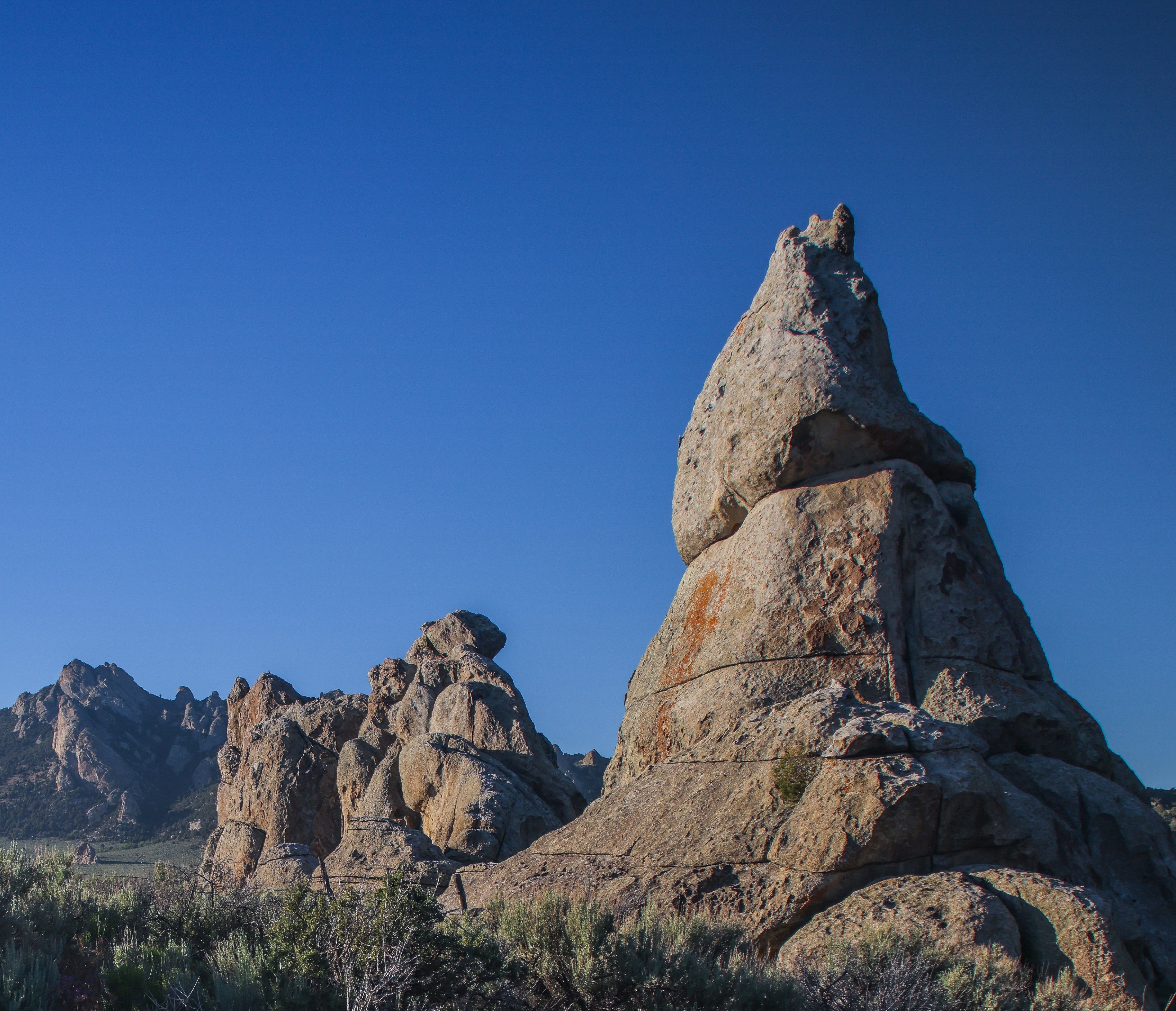
Renowned for its unique rock formations and scenic beauty, the “silent city” of south-central Idaho features towering granite spires, domes, and pinnacles sculpted over millions of years. The contrast between the rugged granite formations and the surrounding high desert landscape creates a picturesque setting that attracts landscape photographers from around the world. It’s also attractive for a quiet afternoon of rock climbing, including over 600 rock climbing routes.
Cave Falls
80 Miles
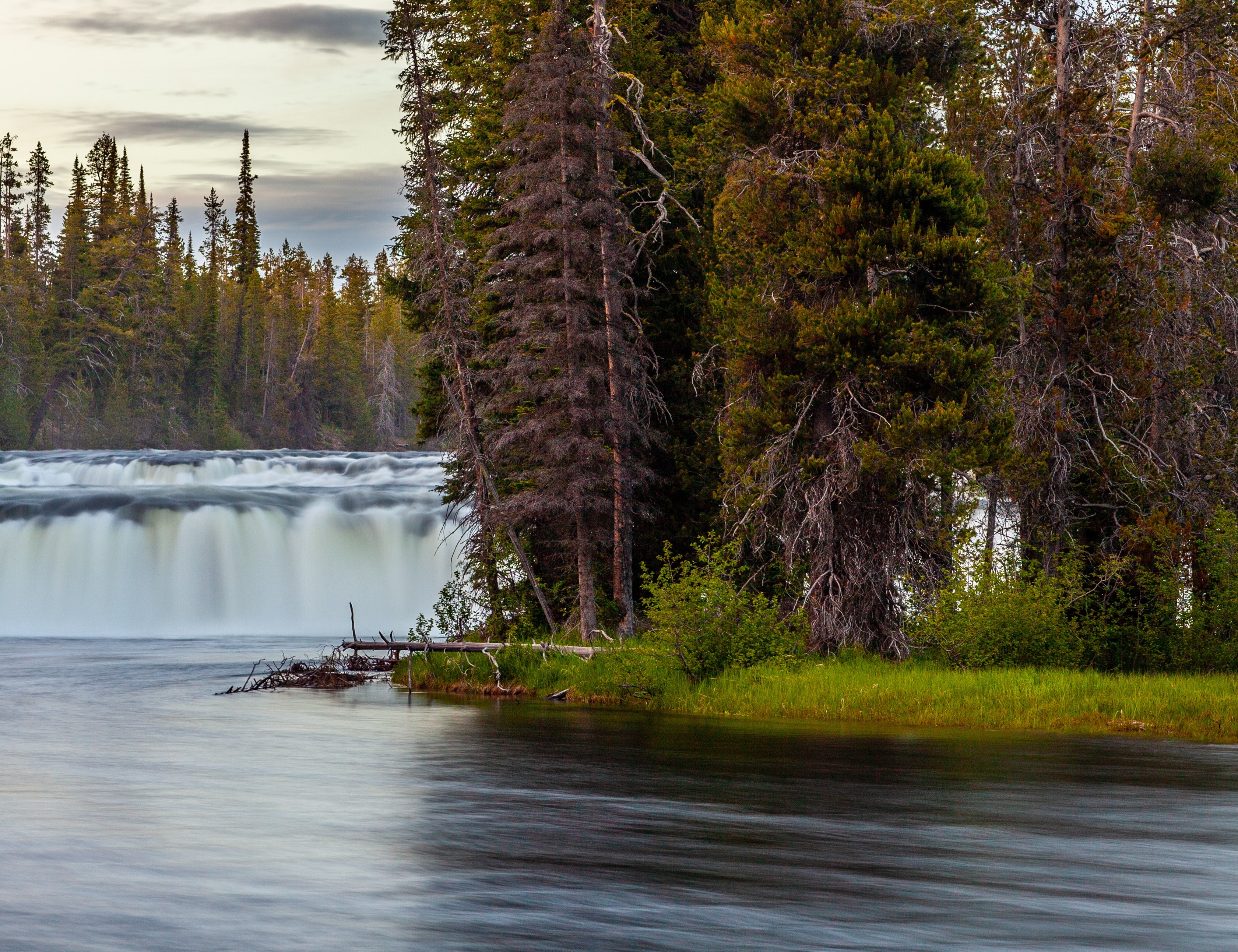
You’ll find this scenic water feature at the end of the road to the southwest corner of Yellowstone National Park. It may lack the towering grandeur of Mesa Falls, but it’s still a sight to behold. The small cave-like alcove once tucked behind the falls is now gone, but you can still get up close to the cascades from a viewing platform, or you can carefully hike down to get closer to the base. It may not be quiet by Idaho standards, but it’s a far cry from the circus atmosphere of the park further north.
Silver Creek Preserve
123 Miles
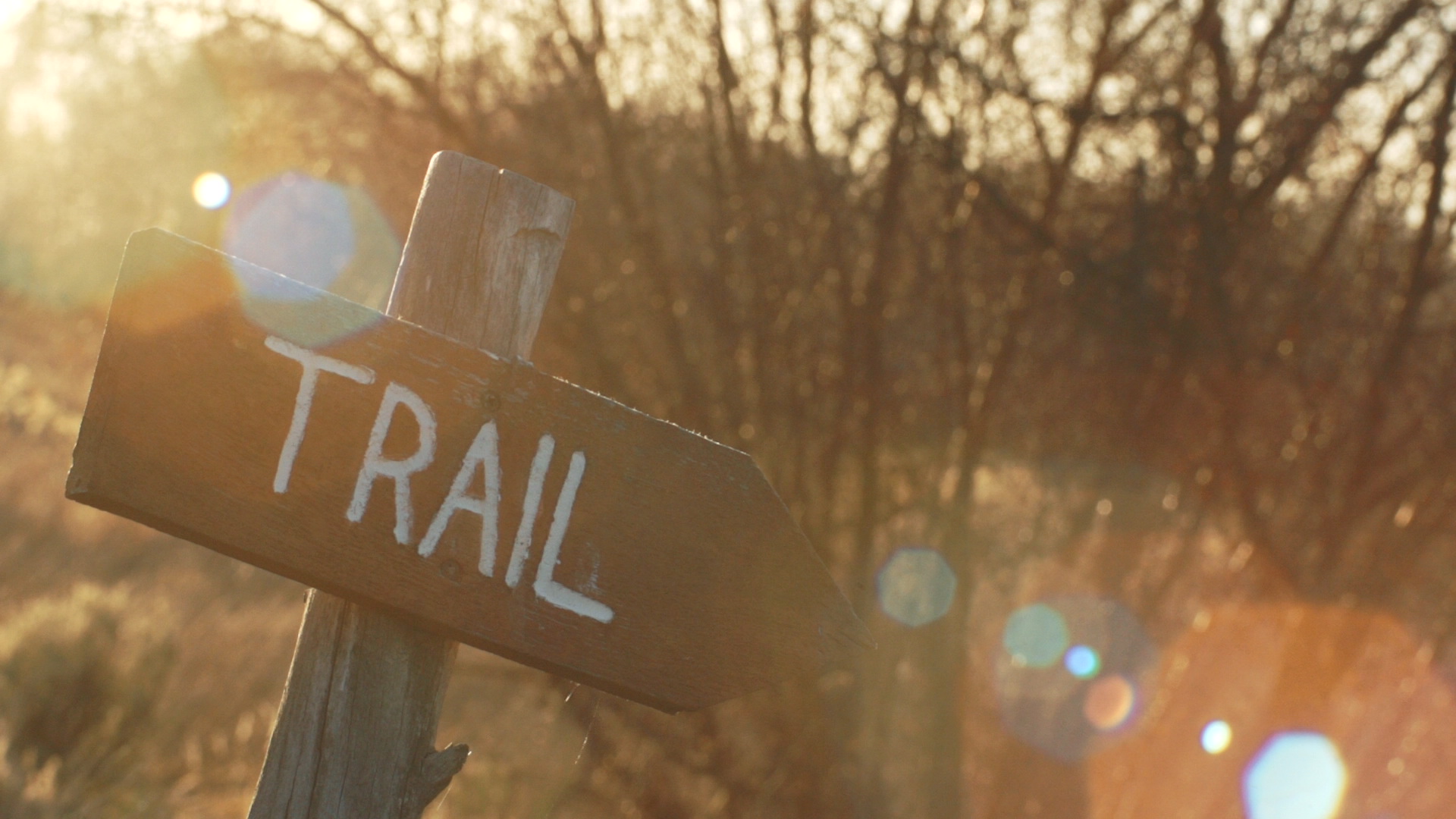
This central Idaho property of The Nature Conservancy is a world-famous destination for fly-fishing, but it’s also a great place to enjoy nature in relatively secluded surroundings. Start your exploration with a quick stop at the visitor’s center and pick up a map of the surrounding trails, and be on the lookout for all kinds of interesting birds and wildlife. Be sure to peek over the bridge on your way in. You might just see one of the creek’s monstrous brown trout!
Bannack, Montana
165 Miles
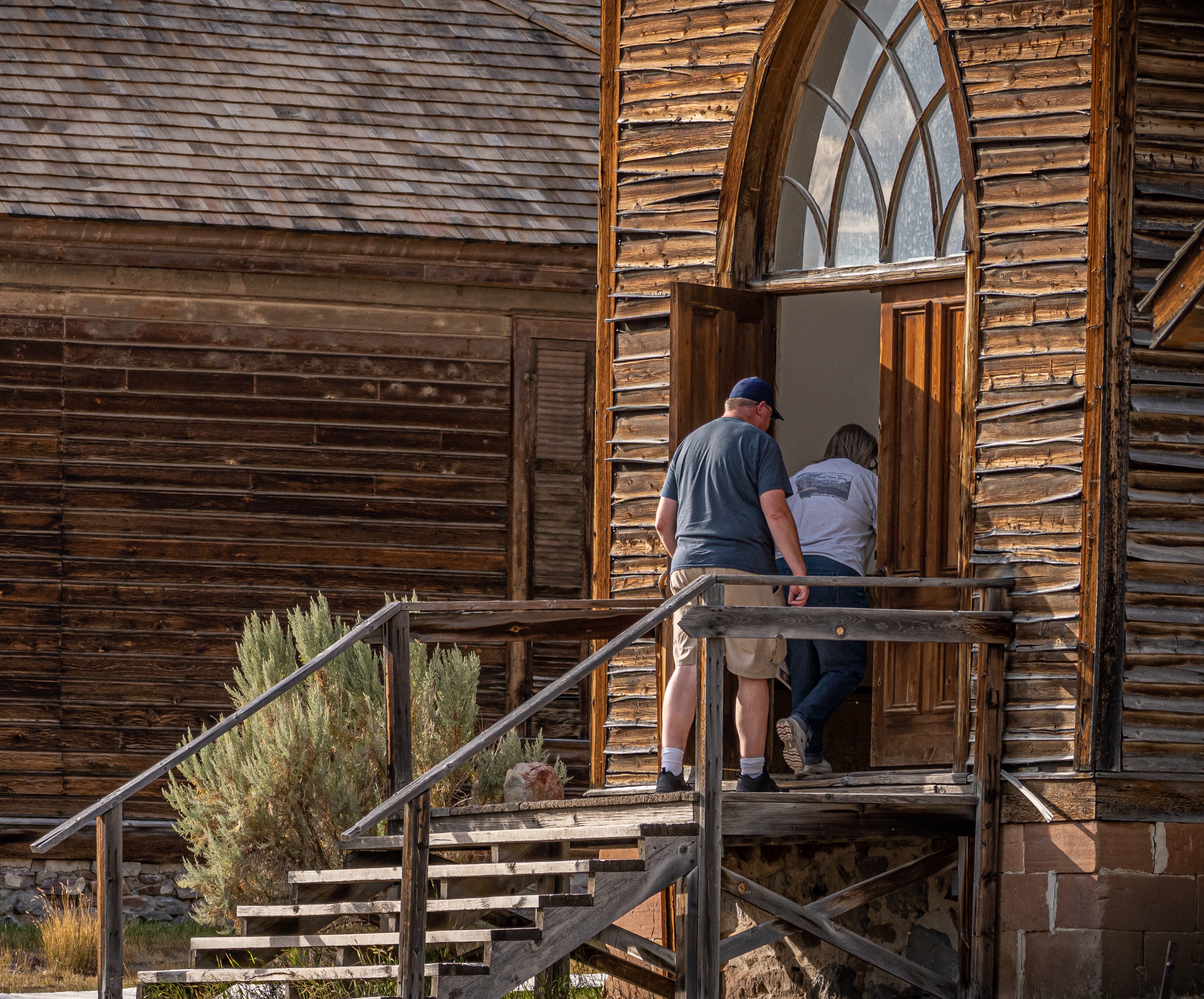
Founded in 1862 after the discovery of gold in Grasshopper Creek, this beautifully preserved ghost town was named after the local Bannock Native American tribe.
During its peak, Bannack was a bustling town with a population of around 3,000 people. Visit on a summer weekend and it’s going to feel just as crowded, but if you try a bluebird week day in the fall, you won’t be disappointed. The scarcity of crowds and the vintage architecture can make for a tranquil and reflective experience. And just so you know, some visitors claim to have experienced paranormal activity here, adding to the allure of this historic site.
Steve here.
I LOVE Idaho Falls.